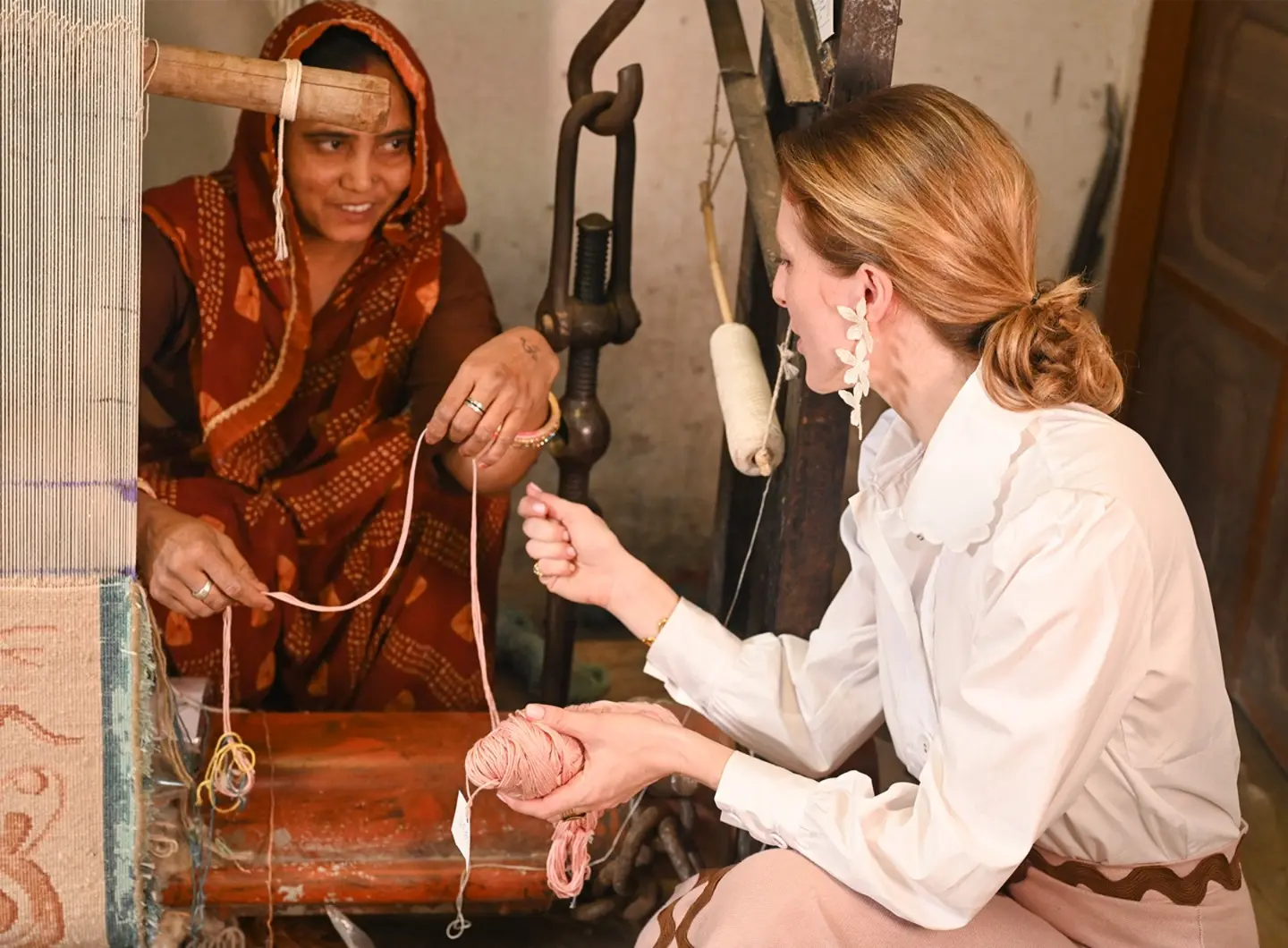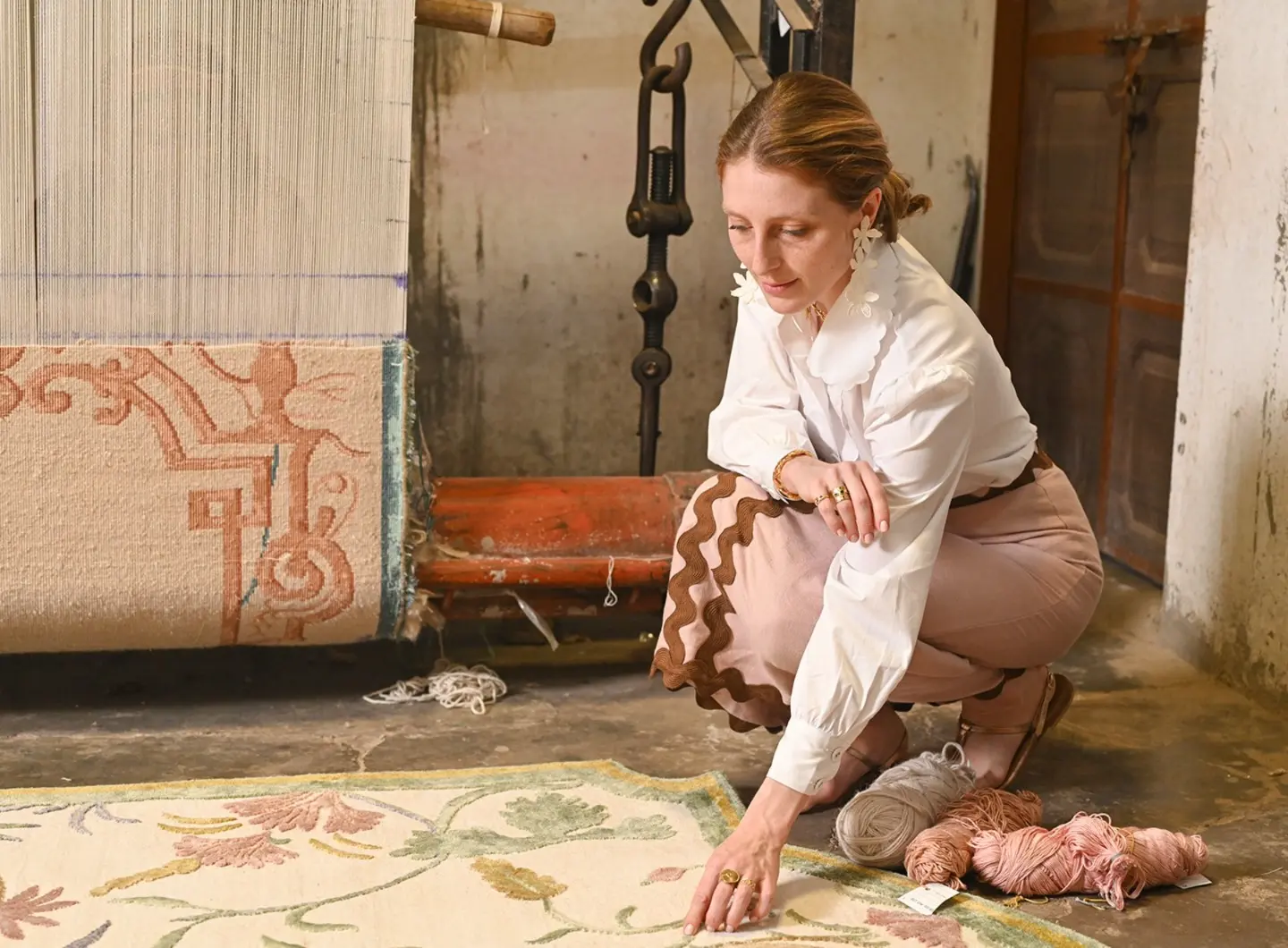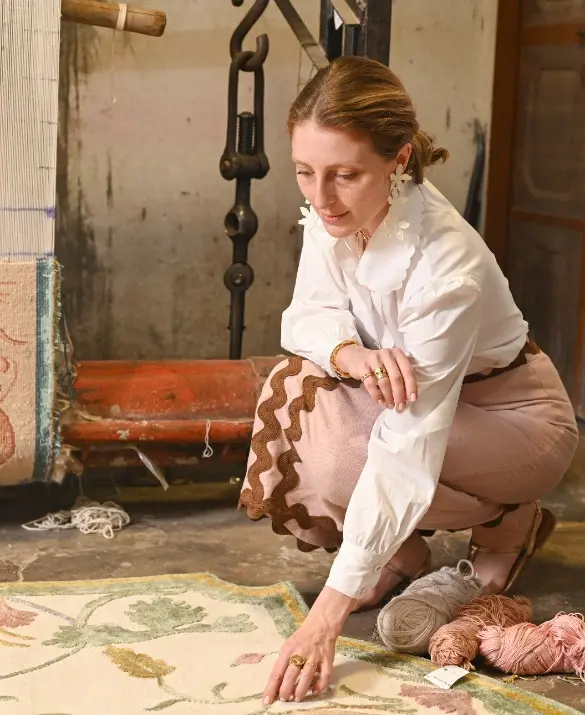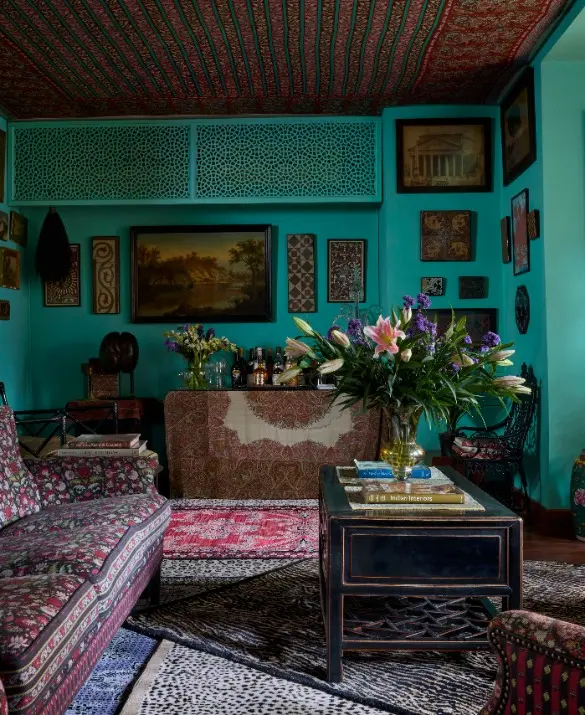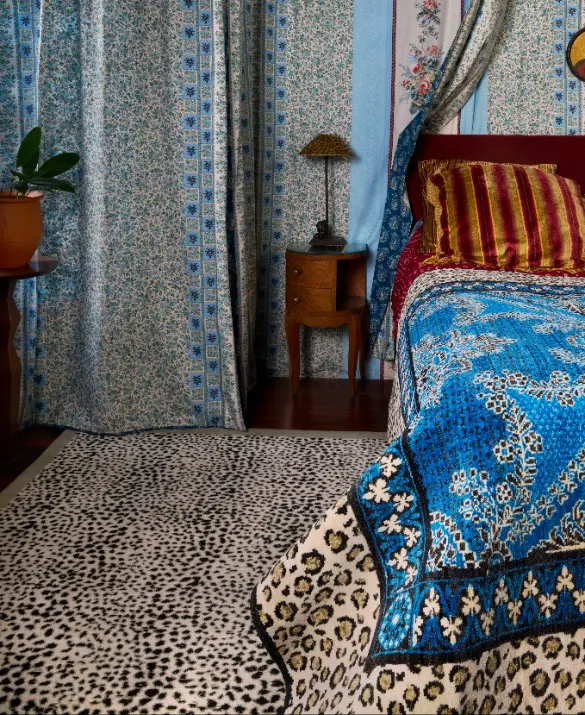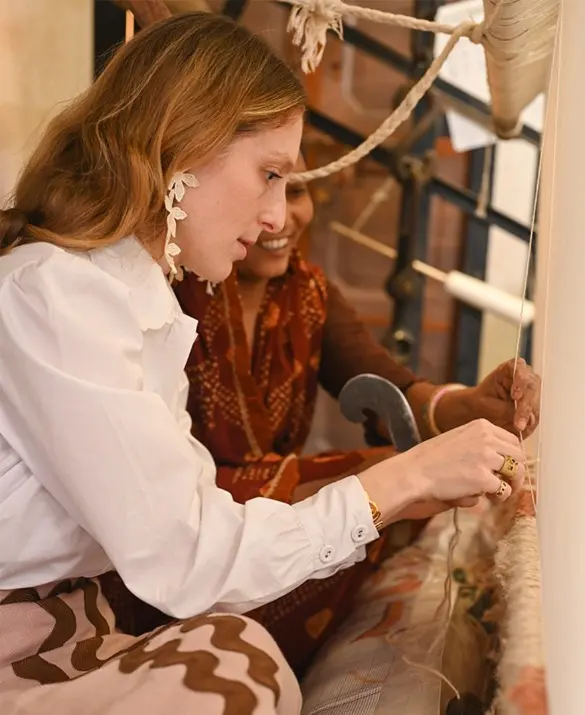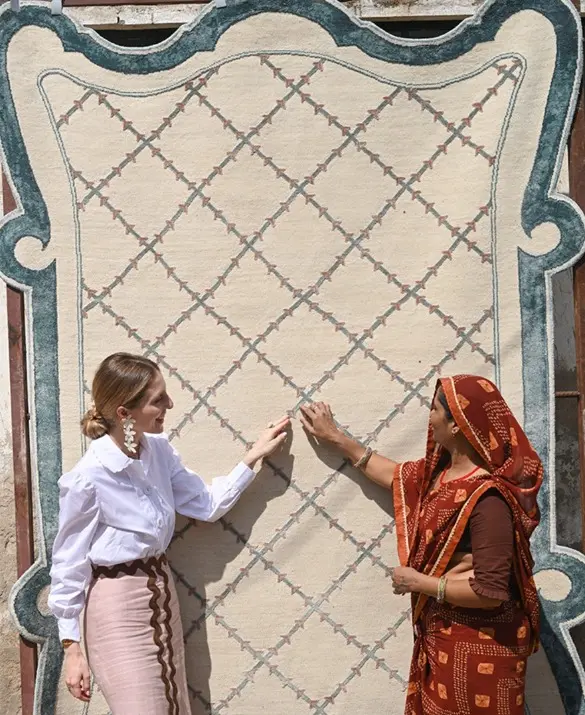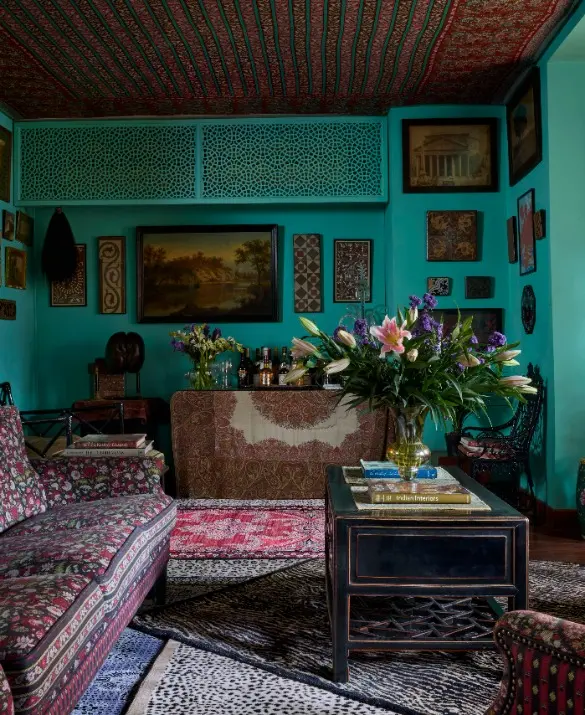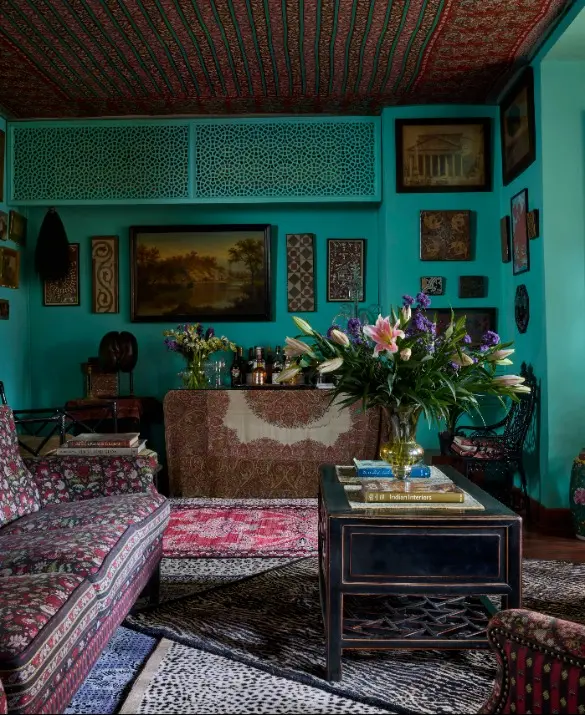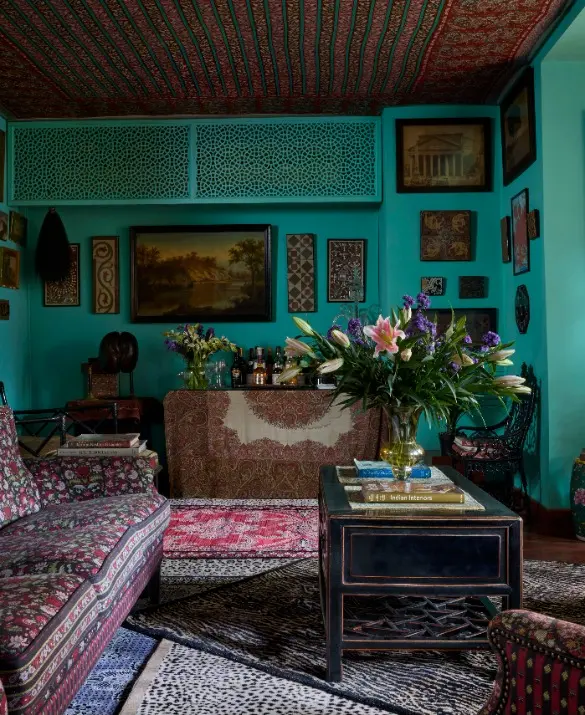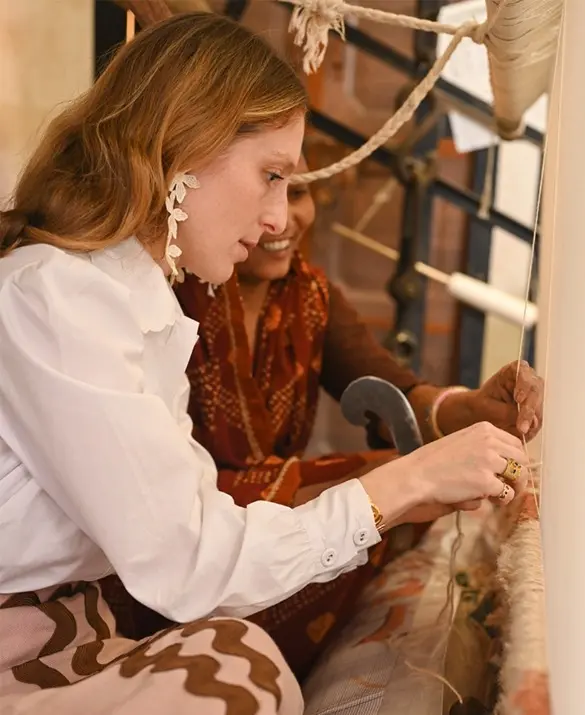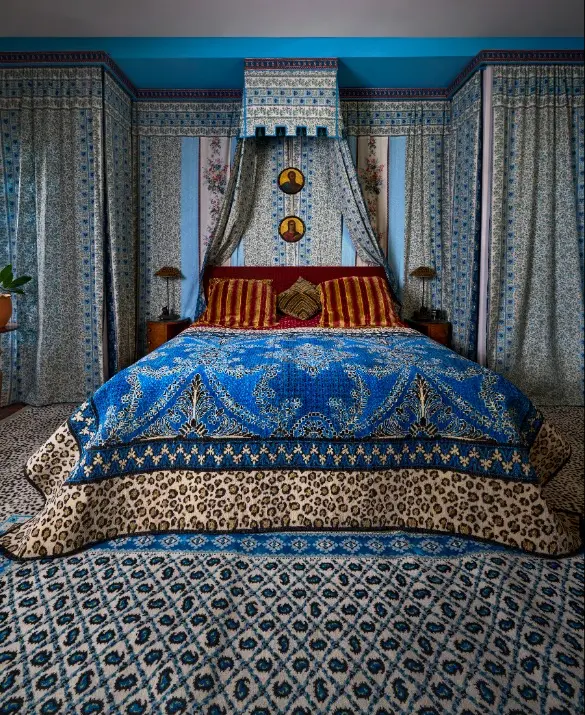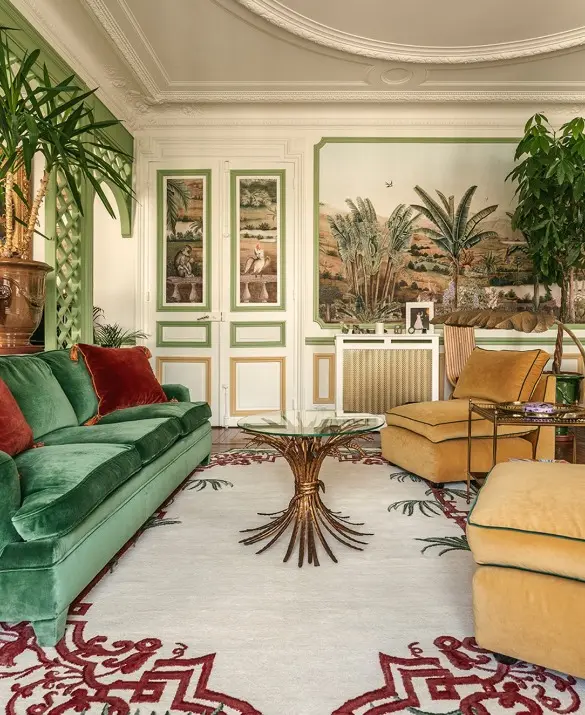Jaipur Rugs
INTRODUCES
Country Gathering
Collection: Jardins du Monde
Category: Accessories
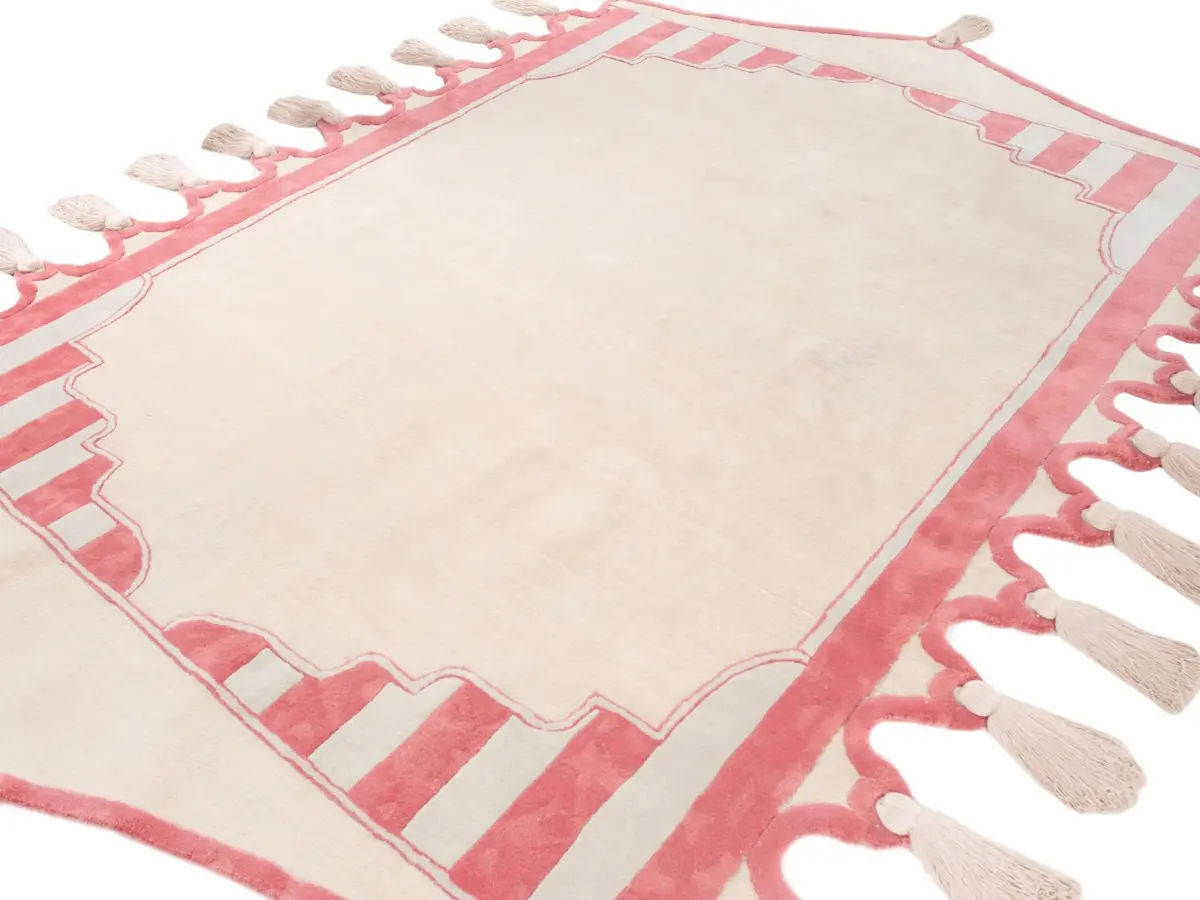
JAIPUR RUGS - Country Gathering
Jardins du Monde by Tatiana de Nicolay reimagines 7 global gardens inspired by Albert Kahn's Paris Garden. Each handcrafted rug offers a serene escape into diverse botanical wonders. A showcase of artful grace.

Product description
The final stage of the walk takes us to the large draped tents that were once set up for country lunches. The rug’s design is inspired by an English marquee. Creating a festive spirit of fun and celebrations as witnessed on the lawns of English estates, the rug is perfect for celebratory spaces. In addition, the rug’s vibrant hues and distinct design make it more than just a floor covering, allowing its versatility to expand to being wall tapestry or ceiling decor.

Product name
Country Gathering
Designer
TATIANA DE NICOLAY
Materials
Wool
Dimensions
7x10 FT / 210x300 CM / 84x120 INCHES / 2.10x3.00 METERS
Production process
Hand-Knotted
Hand-knotting found its way into Indian heritage from Persia, giving it its name, Persian Hand-knotting. It’s uniqueness in art is through its style of printing; knot by knot and line by line, paying attention to each intricate detail. It’s a process taking a minimum of 2 months, ranging up to almost a year depending on the quality and size of carpet being woven.
Differentiating each knot was originally done by memory, where weavers would sing out the colors of the line of knots called Boli weaving. This later evolved to the use of design maps, which helped accommodate a rapidly changing design palate. Artisans place the design map at the base of the loom and use each pixel in a chart as a reference to a knot. Artisans with Jaipur Rugs are also a part of a unique sustainable initiative called Manchaha, where they get to design their own rugs at the loom.
Hand-knotting found its way into Indian heritage from Persia, giving it its name, Persian Hand-knotting. It’s uniqueness in art is through its style of printing; knot by knot and line by line, paying attention to each intricate detail. It’s a process taking a minimum of 2 months, ranging up to almost a year depending on the quality and size of carpet being woven.
Differentiating each knot was originally done by memory, where weavers would sing out the colors of the line of knots called Boli weaving. This later evolved to the use of design maps, which helped accommodate a rapidly changing design palate. Artisans place the design map at the base of the loom and use each pixel in a chart as a reference to a knot. Artisans with Jaipur Rugs are also a part of a unique sustainable initiative called Manchaha, where they get to design their own rugs at the loom.
Year
2025






